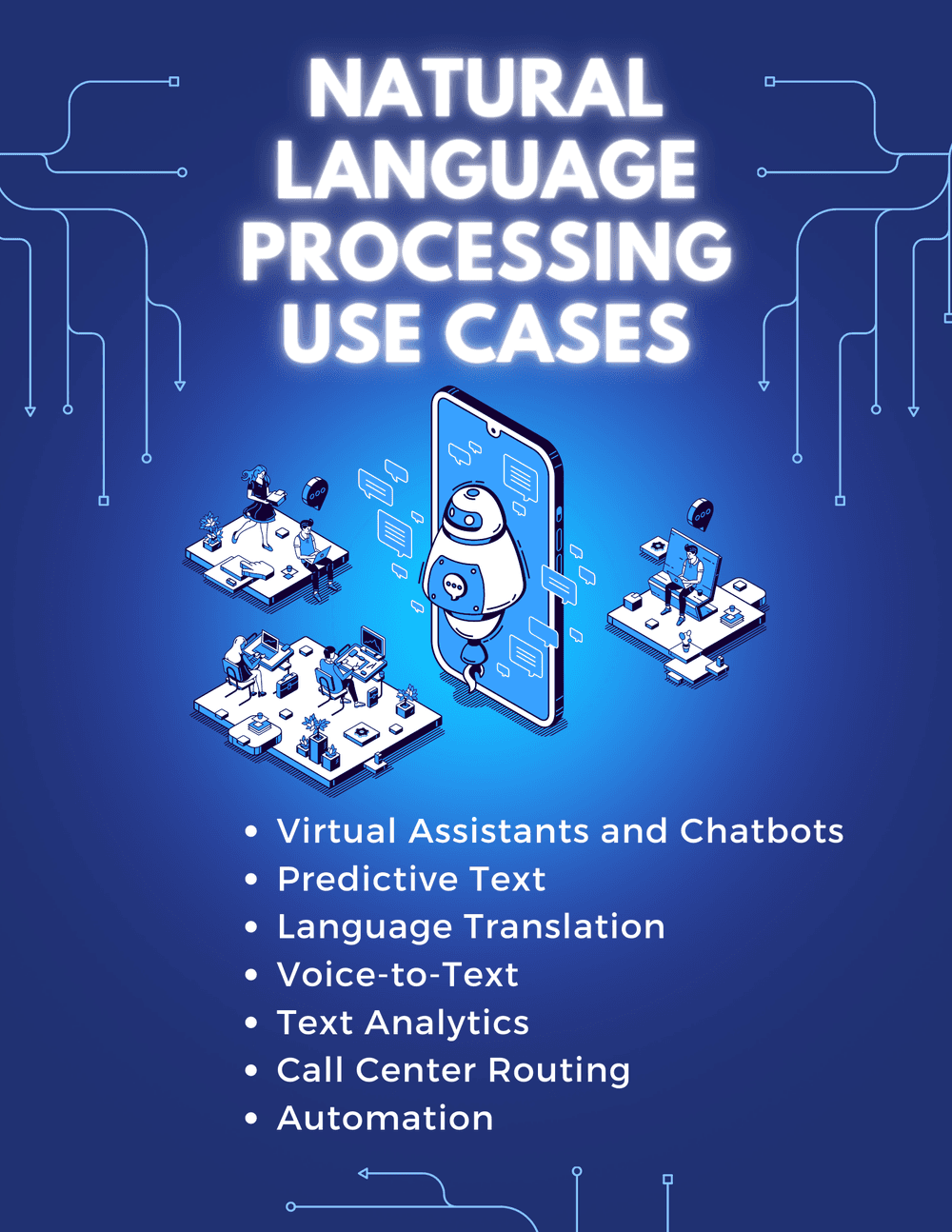What Is Natural Language Processing (NLP)?
Natural language processing (NLP) describes the methods computers use to parse human speech. It's been a branch of research in linguistics, computer science, and artificial intelligence (AI) for many decades. In what follows, we'll explore what NLP is and discuss some of its applications.
Although you may see the acronym spelled out as neuro-linguistic programming in psychotherapy circles, in computer science, NLP stands for:
- Natural: The way we understand and interpret language in everyday communication
- Language: A complex system of syntax, semantics, morphology, and pragmatics
- Processing: The models and algorithms we use to understand and analyze each of these (language) components
The mysteries of how human beings grasp language—and develop the capacity to speak more than one—are so complex that many linguists believe language acquisition must be somehow coded into the human brain.
While computers are great at handling structured data, such as database tables and spreadsheets, human language is diverse and complex. It spans hundreds of dialects, each with a set of grammar rules, syntax, terms, and slang.
Although we don't consciously engage in natural language processing, our minds subconsciously dissect spoken phrases into parts, much like how we learned to diagram sentences in middle school. Similarly, computer systems tag various elements of speech, detect the language spoken or written, and identify semantic relationships between words.
NLP technology allows computers to communicate with humans by pulling meaningful data from text or speech prompts. Because computers can scale language-related tasks, it enables them to read and interpret text or speech and determine what to do with the information. This framework is the foundation for most automation software programs we use today.
Additionally, NLP resolves ambiguity in language by adding numeric structure to large data sets, which makes text analytics and speech recognition technology possible.
Computers understand and process human language through techniques ranging from NLP machine learning methods to advanced language models like ChatGPT, which use large quantities of data to create probable responses to user inputs.
NLP technology generally follows 3 steps:
- Divide input into smaller pieces of data.
- Build an understanding of the various data elements.
- Explore how the linguistic components work together to create meaning.
You can learn more about the steps to NLP to discover the vast amounts of natural language data available, improve customer engagement and satisfaction, and automate or optimize business processes.
Homonyms—words that are spelled and sounding the same but have different meanings—create an intricate problem for computers. Consider the sentence, "Paris Hilton listens to Paris Hilton at the Paris Hilton." A native English speaker with some background knowledge understands this sentence and can differentiate between "Paris" as a person's name and "Paris" as the name of a place—but how does a computer program make the same leap?
Semantic analysis is a key aspect of natural language processing that involves understanding the meaning of words and the contextual relation to each other. The term semantics refers to the study of meaning: what does a person refer to or intend when they make a statement? Techniques like named entity recognition, sentiment analysis, and topic modeling identify and extract key concepts and relationships from the text.
Used in various applications—such as chatbots, search engines, and recommendation systems—semantic analysis provides more accurate and personalized results to users. It plays a critical role in enabling computers to understand and process natural language text or speech effectively.
Twilio's Speech Recognition API leverages NLP to convert speech into text in real time during a voice call, while its robust natural language understanding engine analyzes the text for meaning and intent. Some of the most important use cases include:
- Automated speech recognition for call transcription
- Sentiment analysis to identify and respond to customer feedback
- Chatbots or virtual assistants to handle routine queries
- Text analytics to gain insight into customer needs and behavior
As this branch of computer science continues to evolve, there's always something new to discover and explore. At one time, it was a novelty to ask a smart device to play your favorite song. Now, there are advanced AI platforms that can compose a brand-new song similar to your favorite one—all you have to do is ask.

NLP technology is an exciting frontier for any business that wants to improve customer service and streamline operations. Twilio's Programmable Voice API enables seamless voice experiences to help call centers improve customer satisfaction, reduce wait times, and increase efficiency.
Go beyond dual-tone multi-frequency phone tree menus to conversational interactions between your system and your users with a scalable, customizable API. Get started for free today.